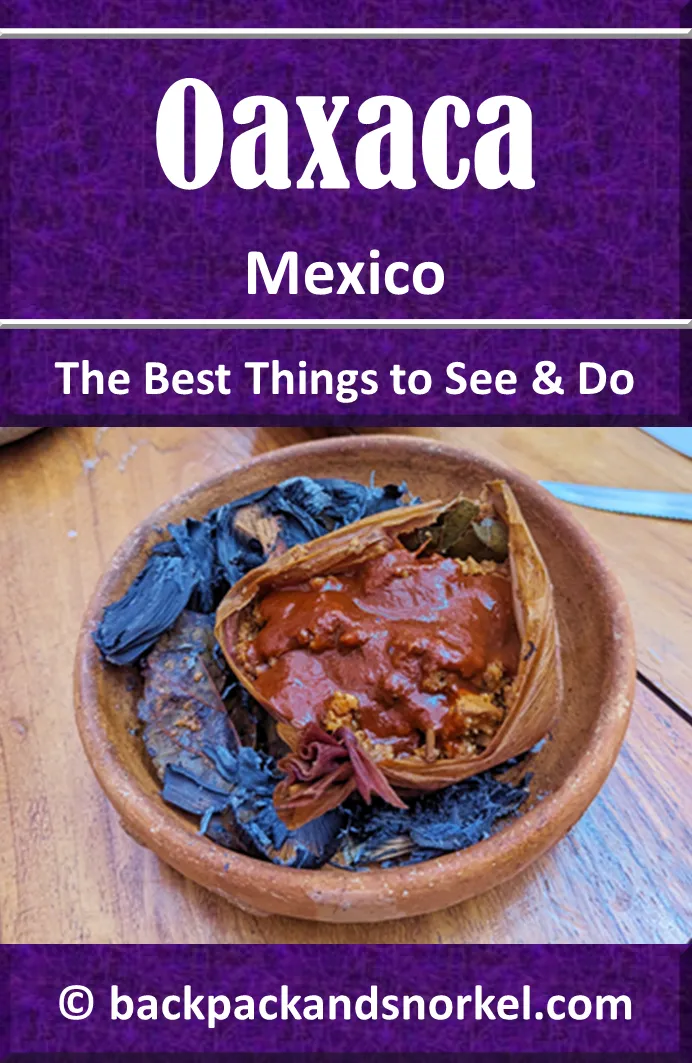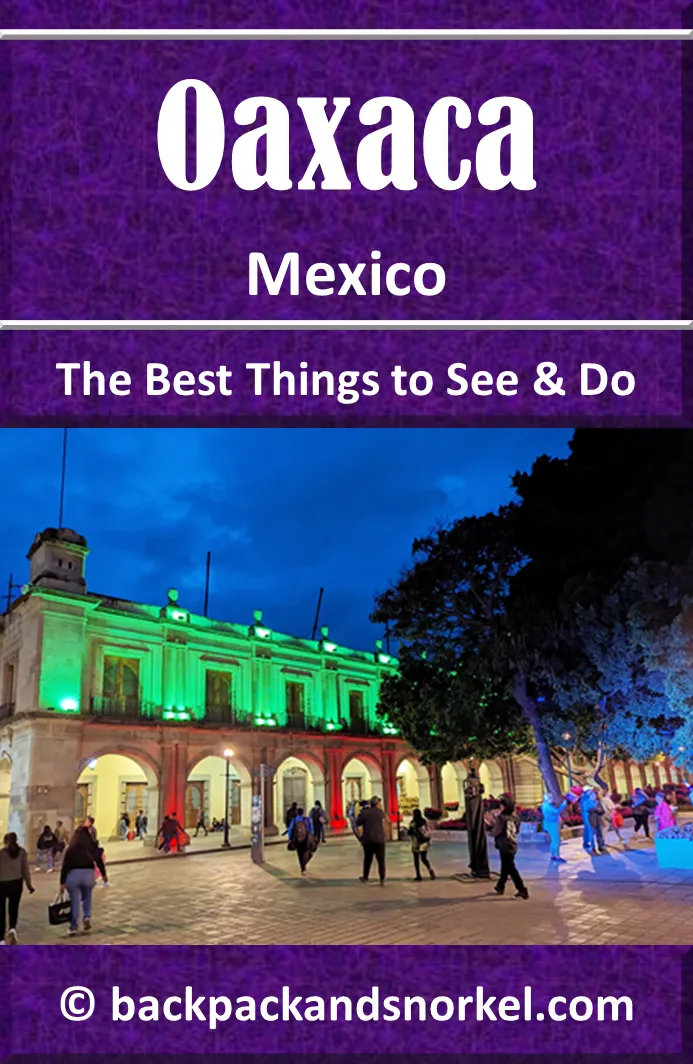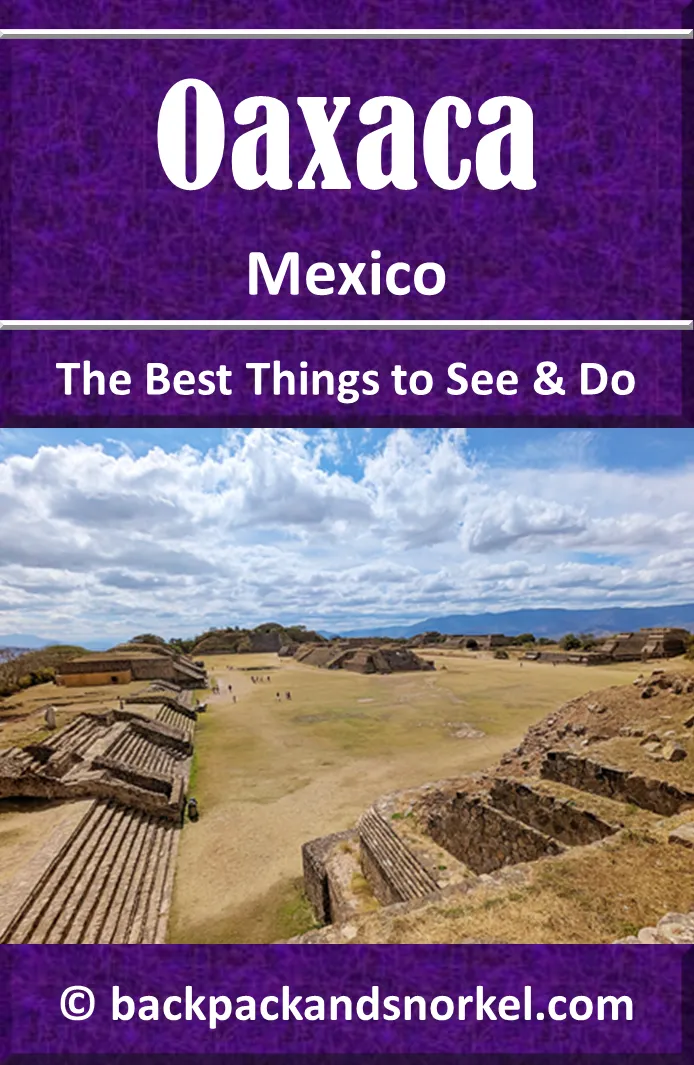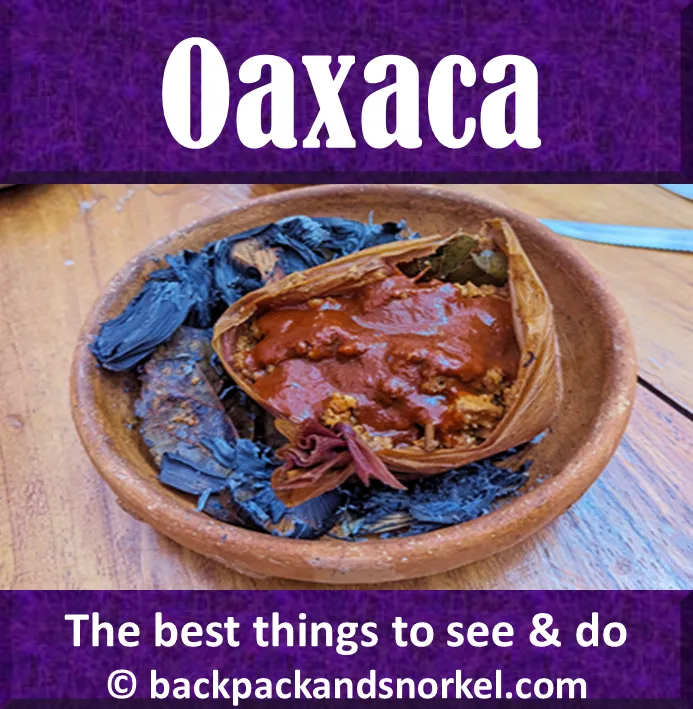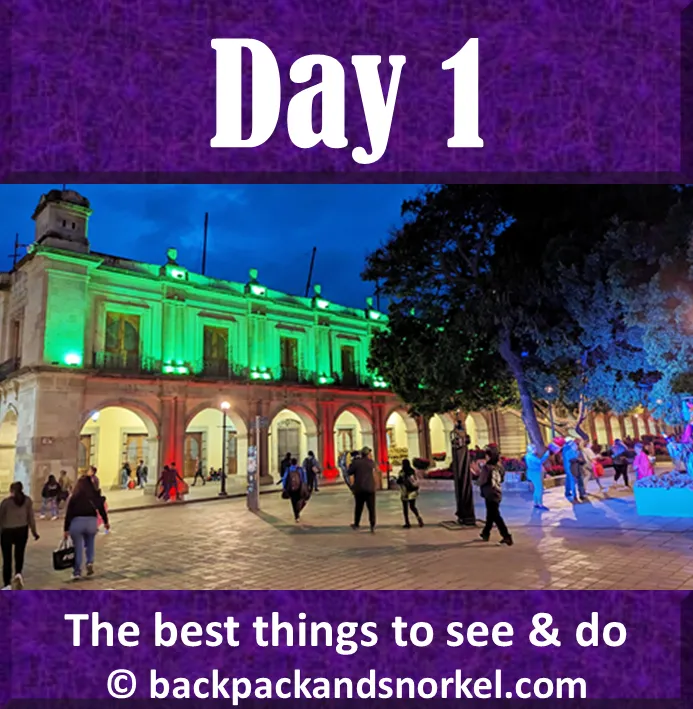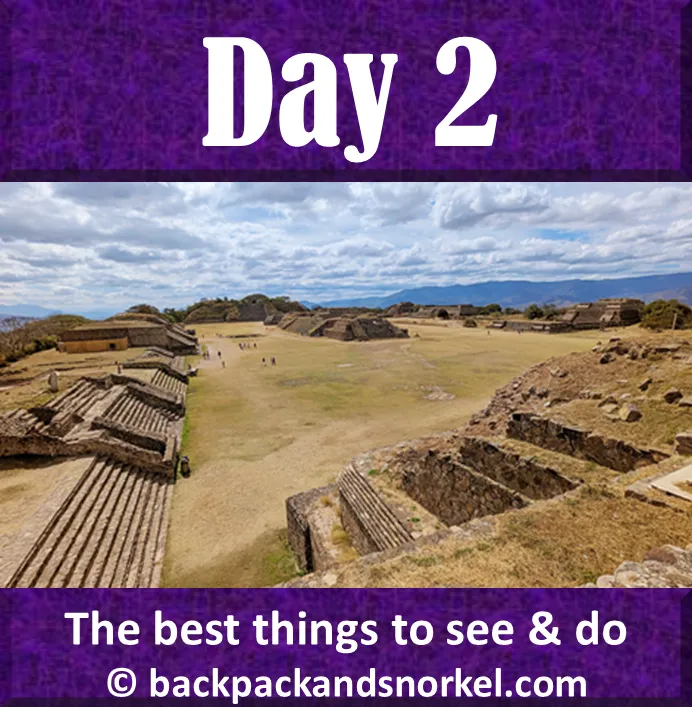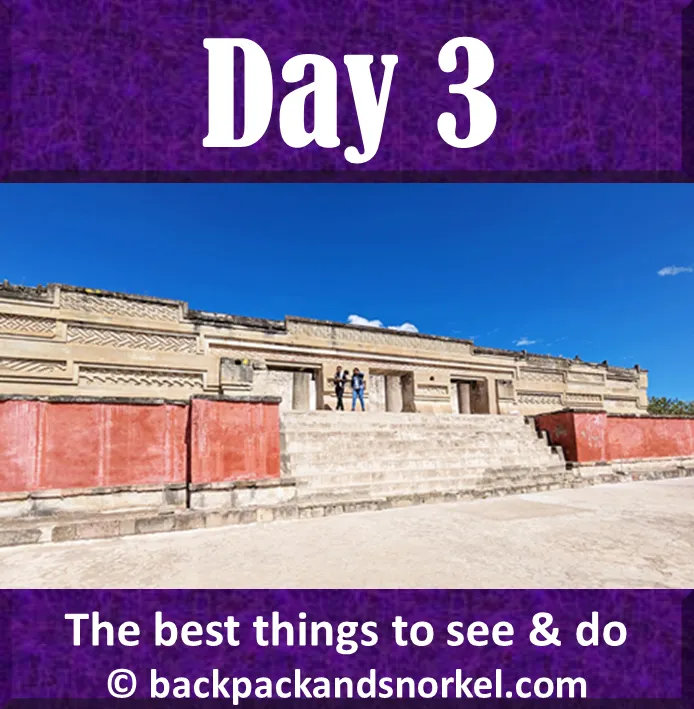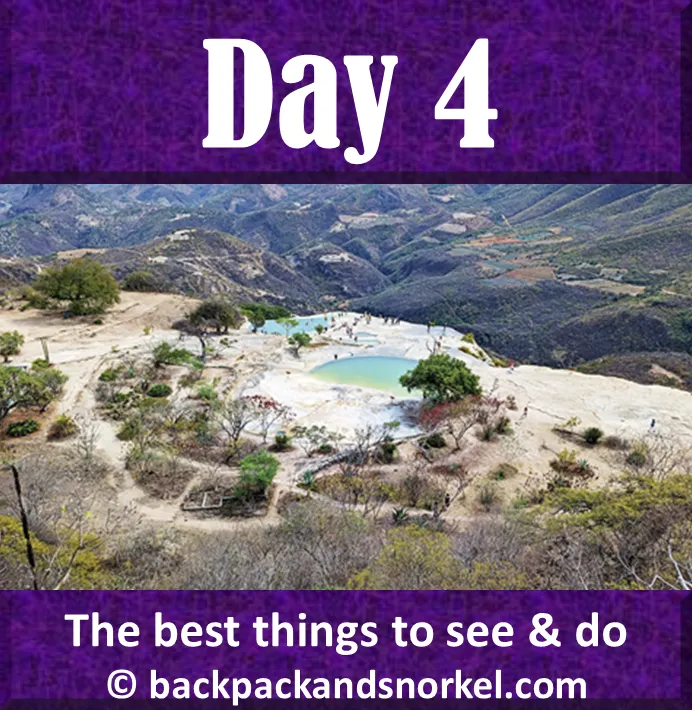Backpack and Snorkel Travel Guide for Day 1: Self-guided walking tour of the historic district in Oaxaca - Oaxaca Purple Travel Guide
The best way to explore Oaxaca is on foot. We provide detailed information and the best things to see and we show lots of photos so you know what you can expect.
Today is your first day in Oaxaca and you will likely arrive in the morning or early afternoon. We want you to enjoy the city instead of rushing from one attraction to the next. Therefore, we only have a few highlights on today’s list.
If you cannot see all the sites today, then you can visit them tomorrow.
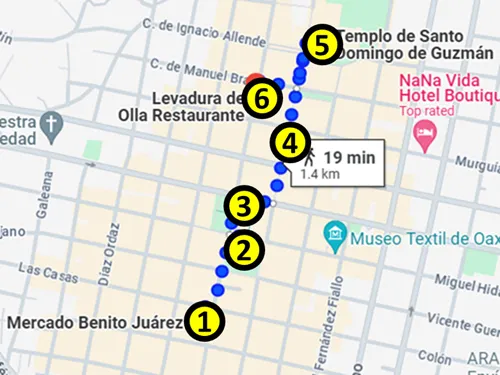
1 = Mercado Benito Juárez
2 = Zócalo (Plaza de la Constitución)
3 = Metropolitan Cathedral of Oaxaca
4 = Calle Macedonio Alcalá
5 = Templo de Santo Domingo de Guzmán and Museo de las Culturas de Oaxaca
6 = Levadura de Olla Restaurante
Here at Backpack and Snorkel Travel Guides, we typically promote self-guided walking tours.
But we realize that not everybody likes to walk by themselves in a foreign city. So, just in case that you rather go with ab guide: NO PROBLEM! Please see the free GuruWalk and paid Viator tours below.
free GuruWalk tours
paid Viator tours
Mercado Benito Juárez
Start at the lively Mercado Benito Juárez. It is right across a pedestrian street from Hotel Trebol.
Opened in 1894, Mercado Benito Juárez is one of the oldest trading centers in Oaxaca. It was named after Benito Juárez, a Zapotec man from Oaxaca, who was the first indigenous president of Mexico and who served as President from 1858 until his death in 1872.
The market is open daily until 8pm, but most stalls start closing 30min earlier. Saturdays are the busiest.
At the mercado, you can buy fresh fruits and vegetables and other foods and anything you need to prepare meals. There are also some souvenir, textile, handicraft, and accessory stores.
Since this is your first visit to Oaxaca, this is a good place to eat your first inexpensive authentic Oaxacan lunch here.
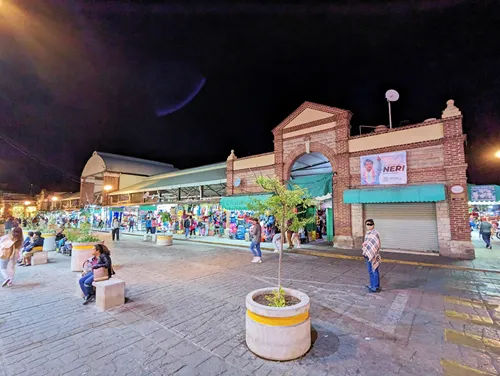

Zócalo (Plaza de la Constitución)
One block from Mercado Benito Juárez lies the Zócalo, whose official name is Plaza de la Constitución.
This is a good place for people-watching and we encourage you to come here not just during daytime but also in the evenings, when locals meet here to listen to music, dance and relax.
Built in 1529, the Zocalo was redesigned multiple times. It got its current design in 1967, when a new bandstand and fountains of green stone with artistic figures were installed.
The Zocalo is skirted by several arcade buildings which contain cafes and restaurants and Zocalo’s many trees offer shade during the heat of the day.
The Palacio de Gobierno del Estado de Oaxaca at the southern side of the Zocalo is illuminated in different colors in the evening.
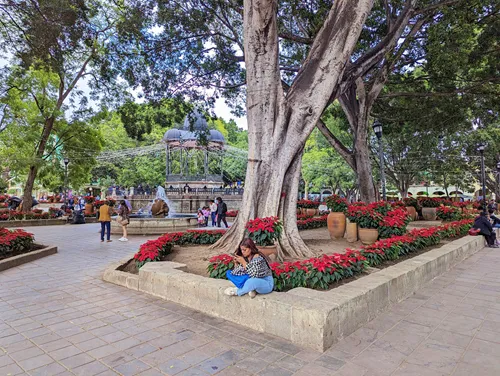
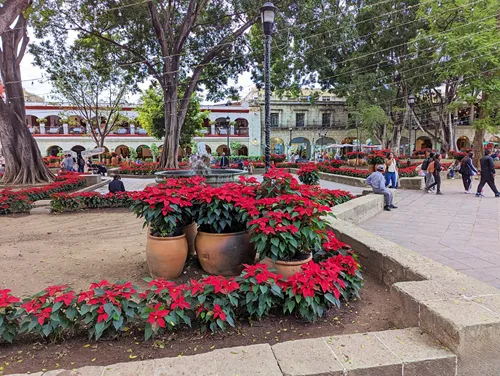
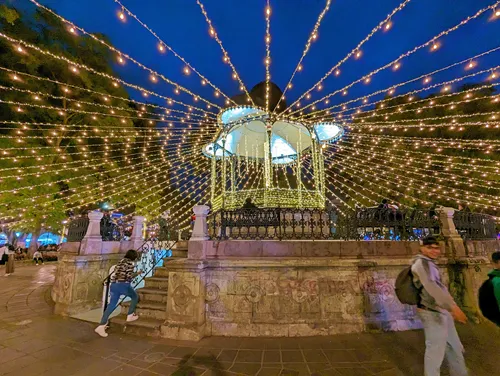
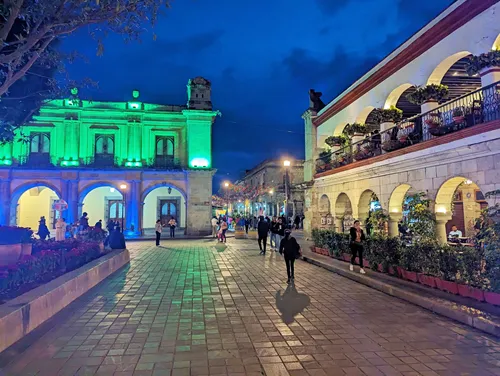
Catedral Metropolitana de Oaxaca
At the northern side of the Zocalo lies the Catedral Metropolitana de Oaxaca.
Construction started in 1535, but the structure was destroyed by an earthquake before it was completed. The same happened to its successor.
Construction of the third structure was begun in 1702 and the cathedral consecrated in 1733. A strong earthquake in 1931 destroyed the towers and they had to be rebuilt.
The façade of the cathedral is made of green cantera stone, a type of volcanic rock that is often used in Oaxaca's buildings.
The interior is designed in neoclassical style.

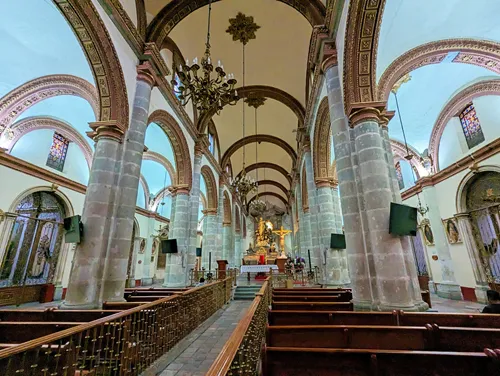
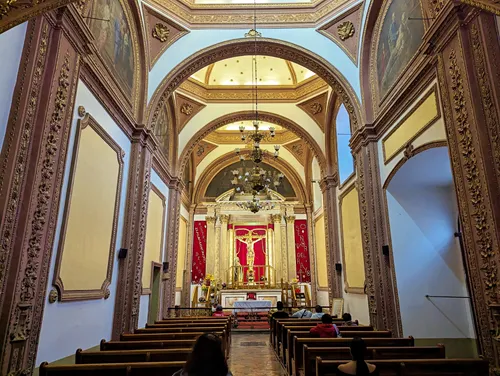
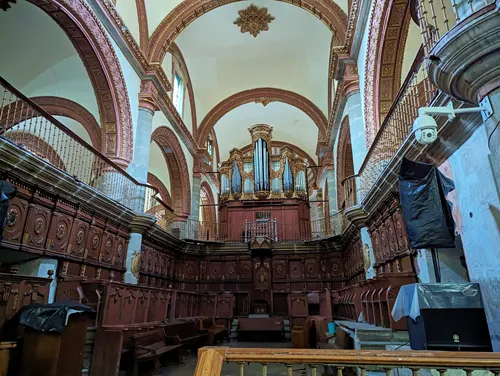
Calle Macedonio Alcalá
Calle Macedonio Alcalá is a cobblestone street paved with green cantera stone. It is a pedestrian-only street since 1985 which connects the Zócalo with Templo de Santo Domingo de Guzmán.
The beautiful street is lined with galleries, restaurants and even a library and is your best way to get away from all the traffic in other streets and to your next destination: Templo de Santo Domingo de Guzmán.
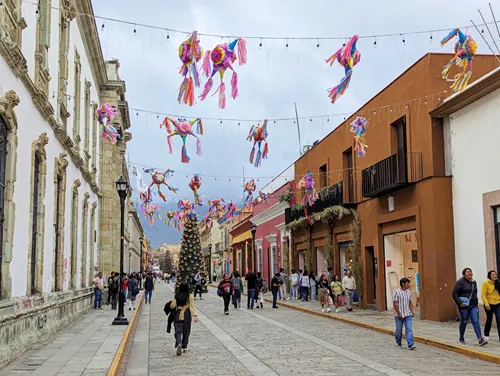
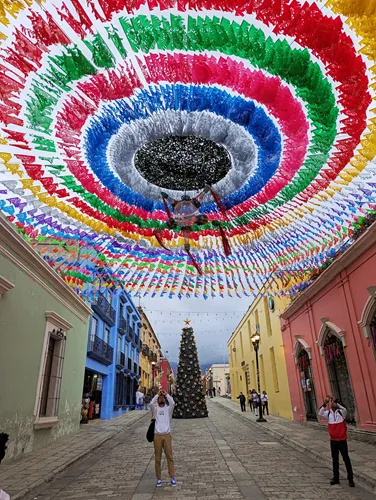
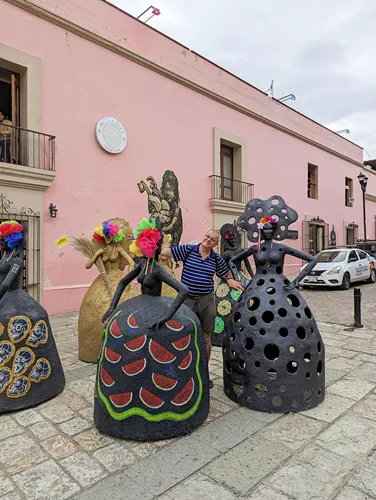
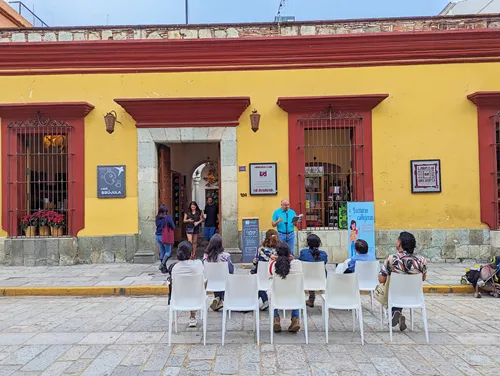
Templo de Santo Domingo de Guzmán
In in 1551, the city council granted the local Dominican order land to build a convent within 20 years. After 20 years, very little was done, as the Dominicans lacked the funds to build the convent. The city extended the deadline for another 30 years in exchange for the Dominicans financial support for the construction of the drinking water supply of the city.
The official groundbreaking of the church was in 1572 but it took until 1724 for the construction to finish as the convent was destroyed by earthquakes in 1603 and 1604 and funds to build the church were sparse.
Starting in 1812, the church was annexed and occupied by different armies and in 1866 Catholicism was suspended. It took until 1902 for the buildings to be returned to the church.
With its gorgeous artistic interior decorations, the church is a must-see in Oaxaca.
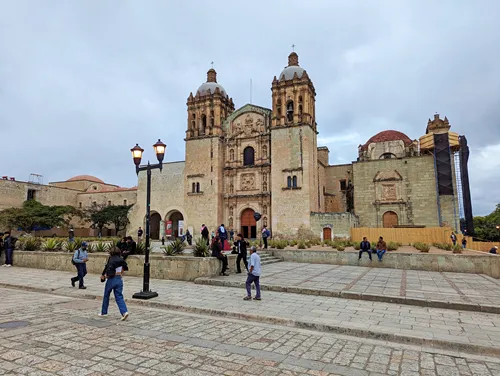
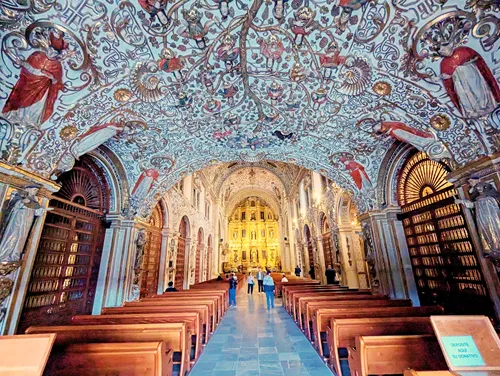
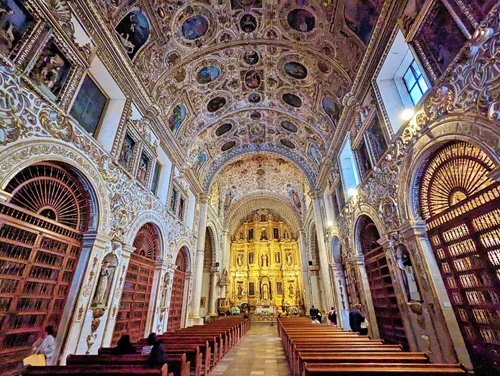
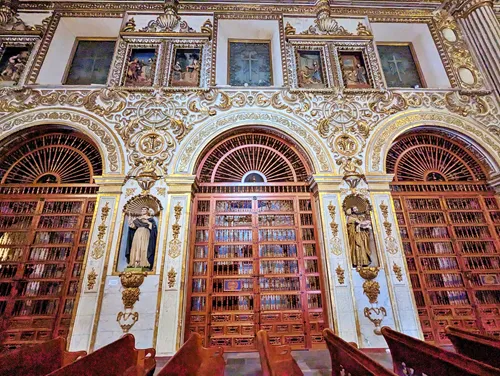
If you have time, then you can visit the adjacent Museo de las Culturas de Oaxaca, which is located in the old convent.
Museo de las Culturas de Oaxaca
This museum focuses on Oaxaca’s history from ancient times until today. It is located in the old convent of the Templo de Santo Domingo de Guzmán and the building itself with its beautiful architecture is worth the admission.
One of the highlights of the museum is the ‘Treasure of Tomb 7’, which are gold jewelry, precious stones and carved bones that were unearthed in Monte Albán.
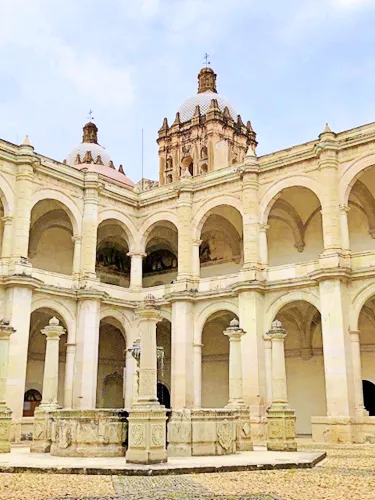
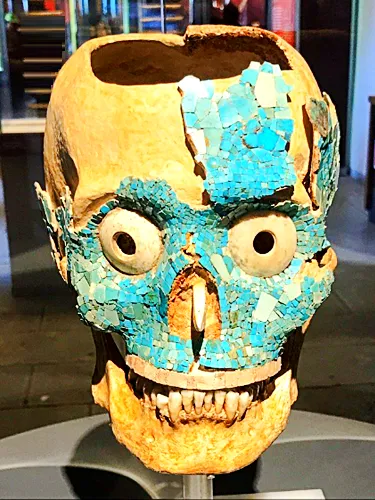
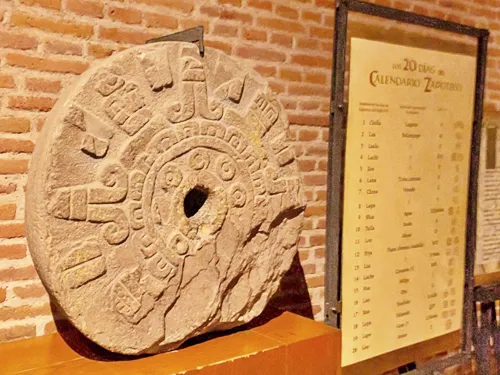
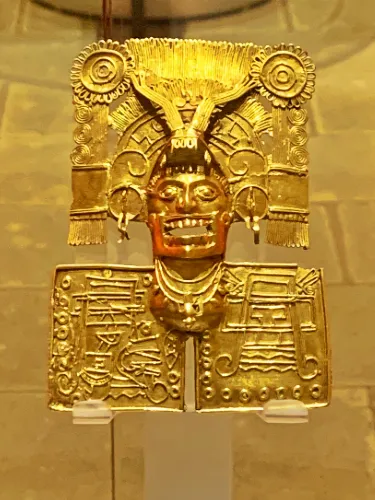
Levadura de Olla Restaurante
Behind an unassuming entrance lies one of the best traditional Oaxacan restaurants.
While you may not need reservations for lunch (they open at 1pm), it is definitely safer to do so and definitely recommended to make dinner reservations (they close at 8pm or 9pm depending on the day).
Here you can eat various mole dishes, some are being smoked on your plate, various meat and vegetarian dishes, and even fried grasshoppers. They also have a broad selection of cocktails.
Bring time, as the service here is not fast. But after all, you are on Mexican time and not US time.
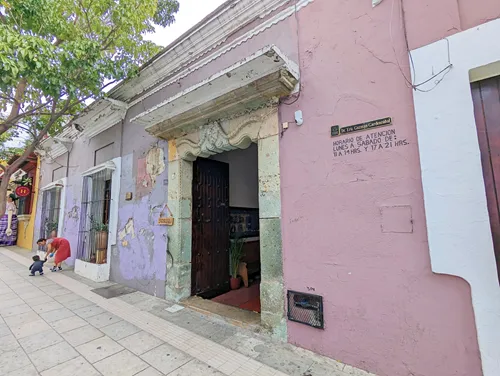
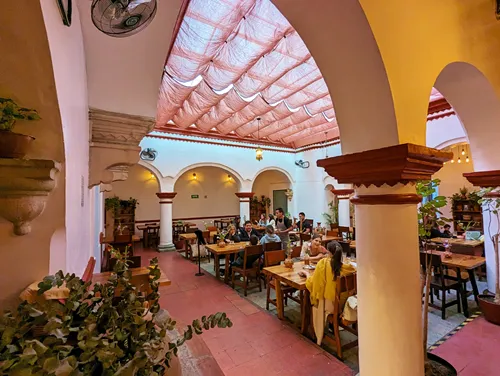
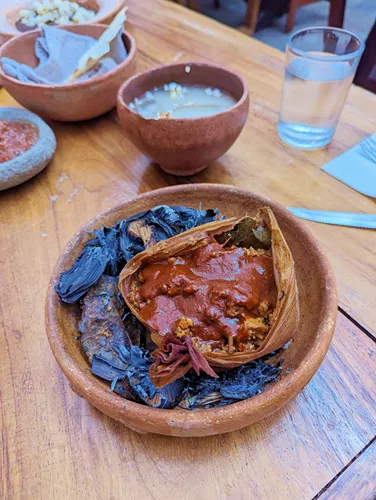
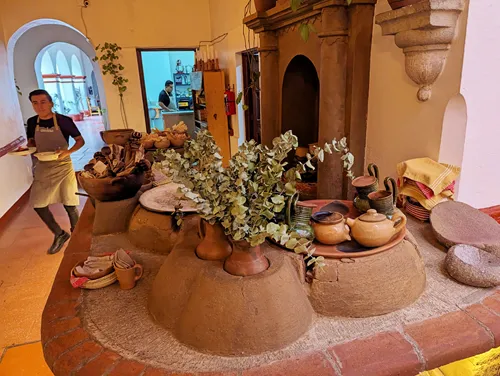
Where do you want to go now?
Author: Rudy at Backpack and Snorkel
Bio: Owner of Backpack and Snorkel Travel Guides. We create in-depth guides to help you plan unforgettable vacations around the world.
Other popular Purple Travel Guides you may be interested in:
Like this Backpack and Snorkel Purple Travel Guide? Pin these for later:
